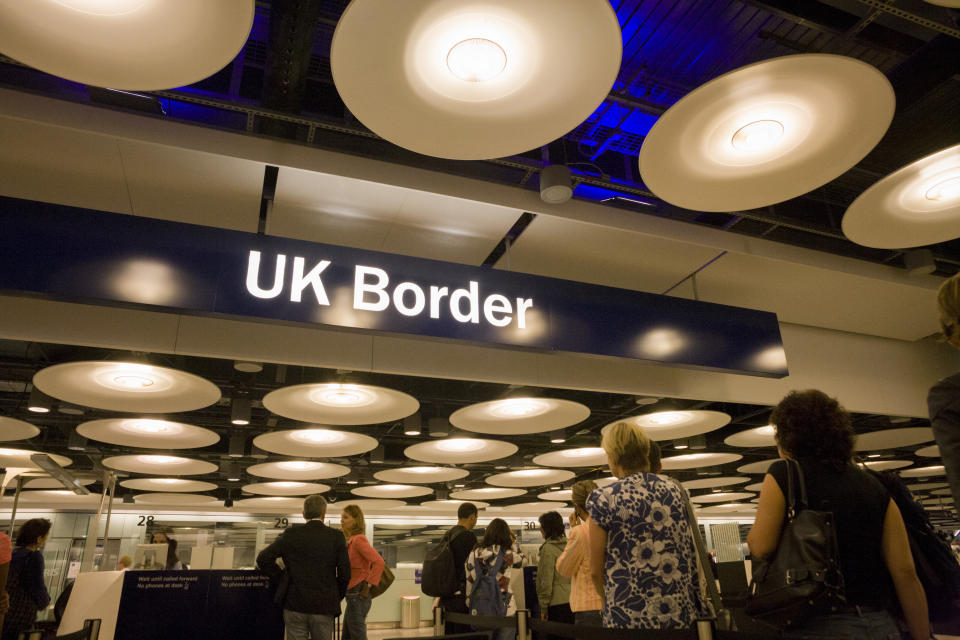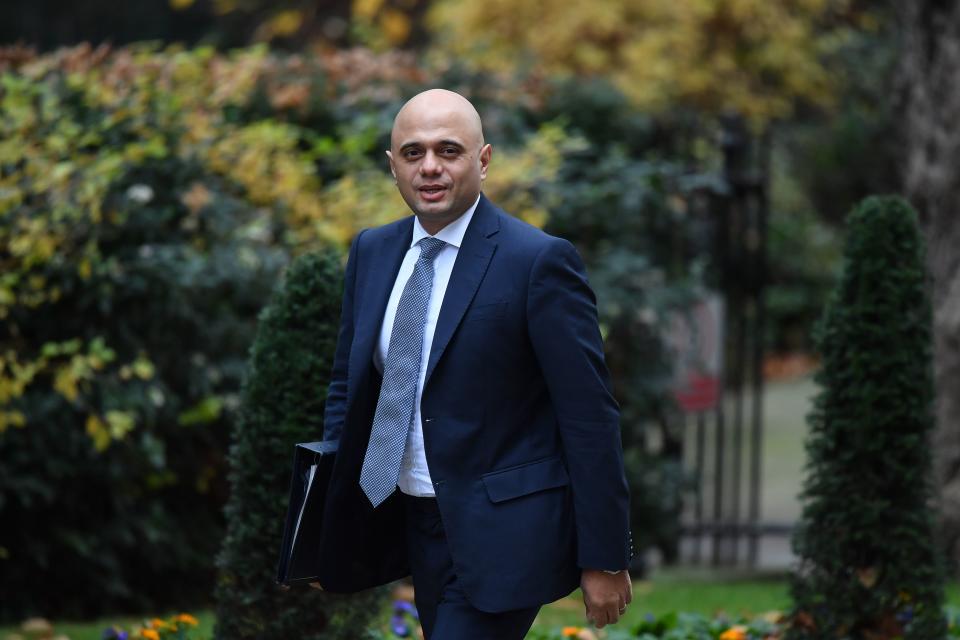UK government publishes tough immigration plans for the post-Brexit future

The UK government unveiled its new immigration plans for the post-Brexit era on Wednesday, designed to remove preferential access for citizens from the European Union (EU).
UK home secretary Sajid Javid called it “an historic moment” for the country’s immigration system during a statement in parliament. He is under pressure to bring down immigration into the country but also ensure there are enough workers for UK businesses.
“We are absolutely not closing our doors. We are simply making sure we have control over who comes through them,” he said.
Home Secretary @sajidjavid today set out plans for a new skills-based immigration system which marks the end of free movement.
Find out more: https://t.co/SaiAkDdzdE #Brexit pic.twitter.com/eVqcMNXNoZ
— Home Office (@ukhomeoffice) December 19, 2018
The proposal outlines that new immigrants should have an annual salary above £30,000 ($38,000) before they can come to work in Britain. But the £30,000 level is not set in stone.
“We will engage businesses and employers as to what salary threshold should be set,” the Home Office said in its written proposals.
The government plans to hold a one-year consultation about its salary threshold plans, following reports that top UK cabinet members opposed the £30,000 level. It is expected the new system will be introduced in 2021.
Currently, EU citizens can come into the country to live and work without any job or salary restrictions, while other outsiders must meet stringent requirements and are generally required to have a job with an annual salary above £30,000.
The salary threshold is designed to restrict low-skilled migration and attract high-skilled workers.
READ MORE: The disconnect between rules and reality on British immigration
Critics consider the £30,000 salary level to be an arbitrary threshold that is exceedingly difficult to meet. A whopping 64% of all workers in the UK currently earn less than £30,000, according to recent research from PwC and the business lobby group London First.
The report authors urged the government last month to set the salary threshold at £20,155, which is considered the London Living Wage.
“A £30,000 salary threshold for those coming to the UK could severely restrict access to the right skills in many sectors: construction, retail and care to name just a few,” said Mike Cherry, the chairman of the Federation of Small Businesses.

The government’s plan for the new system also includes a separate visa for short-term workers who stay for under 12 months. This visa was designed to avoid worker shortages in low-paying sectors, such as the hospitality, construction and health care industries.
“Sectors dependent on low-skilled labour will take some comfort from the indicated 12-month maximum visa,” said Jonathan Chaimovic, an immigration consultant at Clyde & Co. But he still warned that the planned changes mean “UK employers will have a smaller ‘recruitment pool’ for low-skilled roles and face a disruption in continuity.”
Prime minister Theresa May, who previously led the government’s immigration policies as home secretary, had built her reputation on a promise to bring down immigration levels to “the tens of thousands.” But she wasn’t able to deliver.
READ MORE: The huge hole in May’s pledge to curb migration after Brexit
Javid said he wasn’t working with that target anymore but wanted to bring migration down to “more sustainable levels.”
Migration has remained fairly stable since peaking in 2016, with roughly 270,000 more people coming to the UK than leaving in the 12-month period up to June 2018, according to the UK’s Office for National Statistics (ONS). But this level is high by long-term historical standards.
Unemployment in the UK is currently at its lowest level in decades — around 4%. Unfilled job vacancies have spiked to their highest level since modern record-keeping began at the ONS in 2001. Nearly 850,000 jobs are going unfilled, with the greatest demand for workers coming from the hospitality, food, auto and health care industries.

 Yahoo Finance
Yahoo Finance 